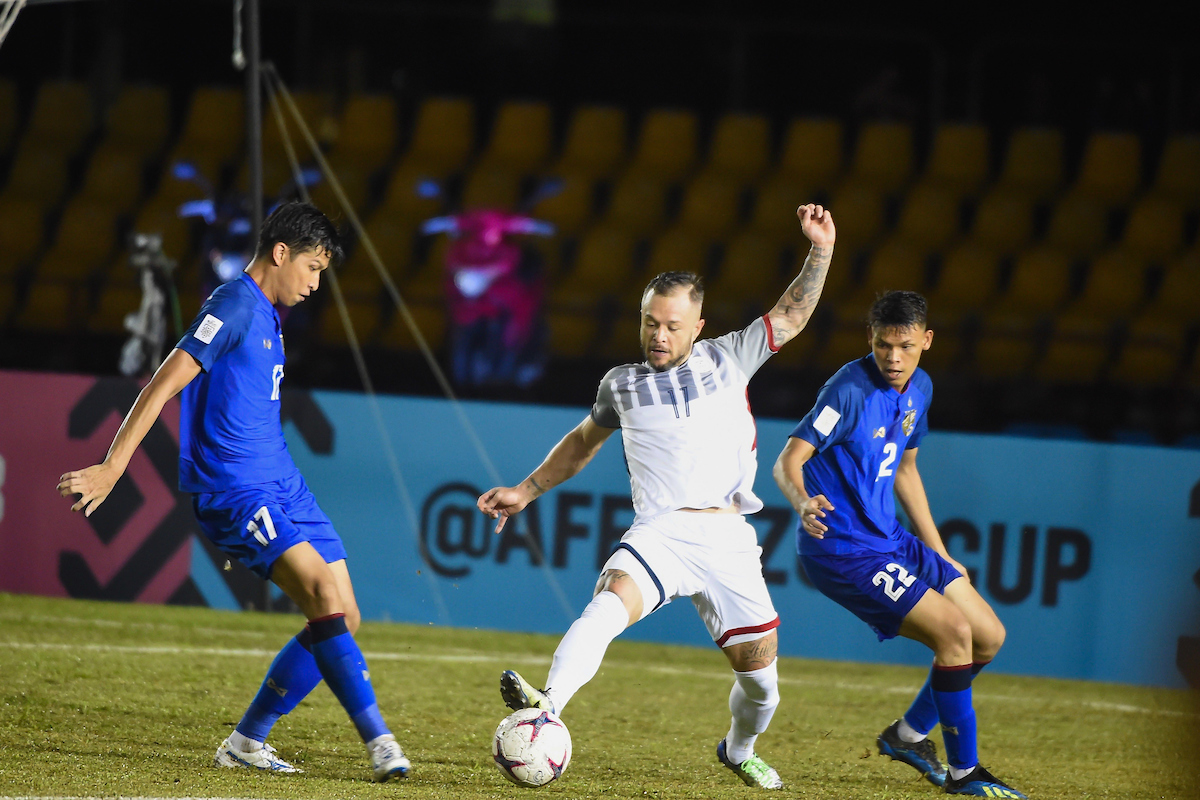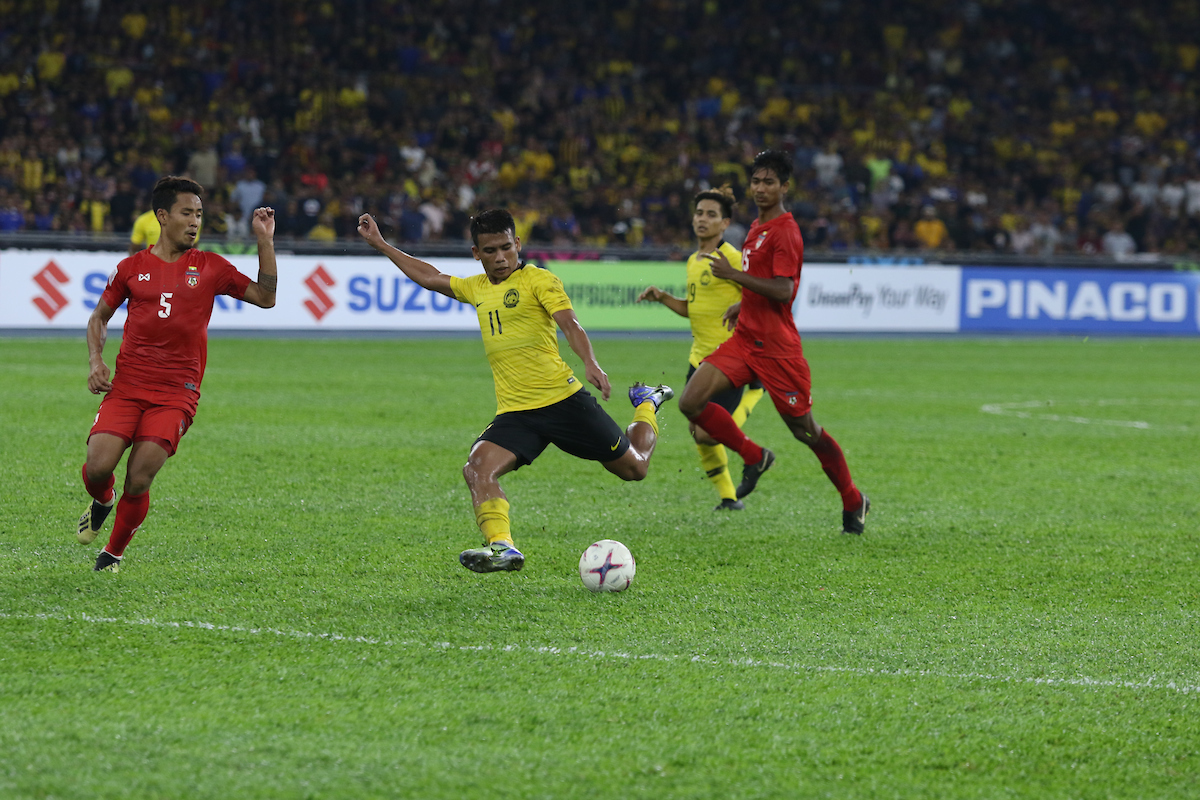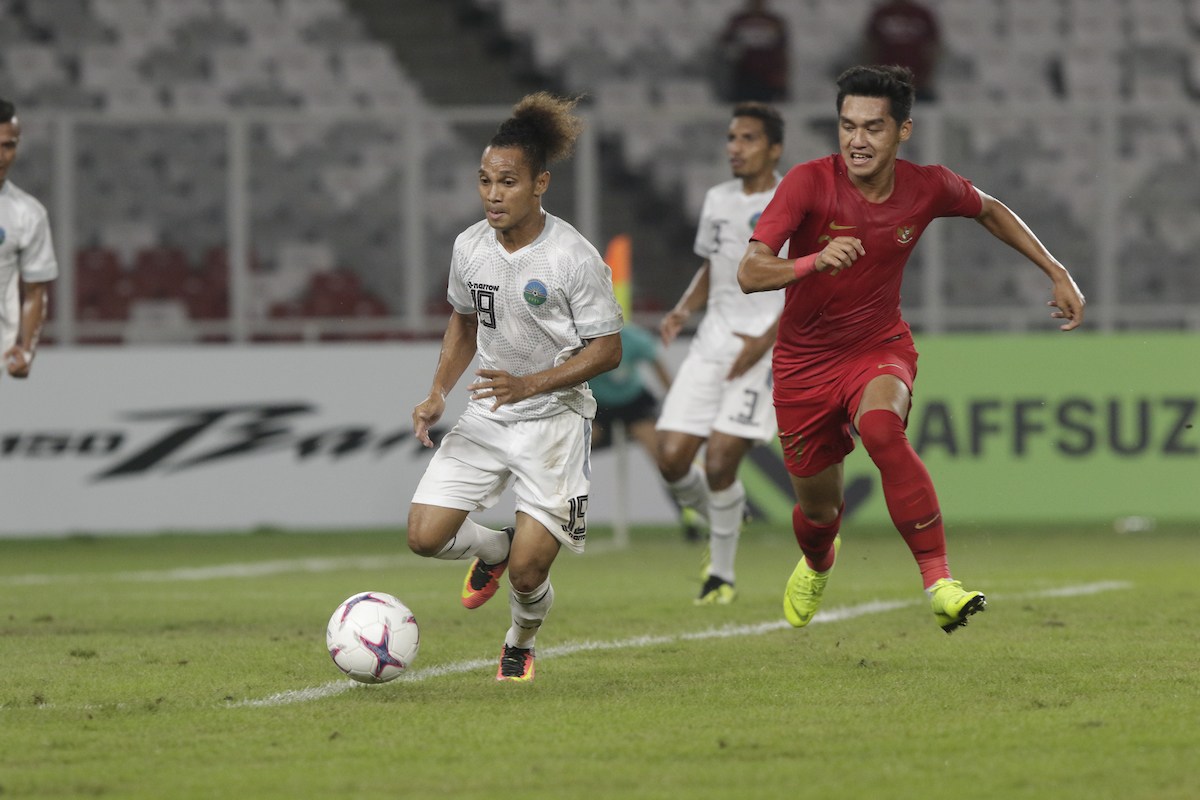AFF Suzuki Cup: Group Stage Stats Wrap

Four teams remain in the hunt for the 2018 AFF Suzuki Cup title with Thailand, Vietnam, Malaysia and the Philippines having booked their places in the hotly anticipated semi-finals.
As the sides enjoy a well-earned break ahead of the weekend clashes, we look back at the facts and figures that caught the eye during a group stage hosted in 10 cities across Southeast Asia.
Adisak has Alam Shah in his sights
When Adisak Kraisorn netted sixth goal against Timor-Leste, memories of the seven Noh Alam Shah put past Laos in 2007 came flooding back. The Thai forward was unable match the Singaporean, but he did go on to score in two of the next three games and boasts a tournament-leading eight goals.

In nine of the 11 editions of the tournament, that tally would have won the Golden Boot, while it is level with the number Indonesian Bambang Pamungkas scored in 2002. Adisak is currently two behind Alam Shah’s eventual total of 10 and, with potentially four matches to play, the striker will fancy his chances of breaking the record.
No way past, but will history repeat itself?
Many people’s tip for the title before the AFF Suzuki Cup began, Vietnam have progressed to the knockout rounds with minimal fuss, having won three of their four games and conceded no goals along the way. While on the surface that may appear a good omen, history does not read well.

The last team who advanced without their backline being breached were Thailand in 2008 and they were beaten by the Vietnamese in the final. Indonesia did so in 2004 and also finished as runners-up, while Vietnam managed the feat in 2000 but fell in the semi-finals. Can they reverse the trend this time?
Striking it unlucky
Safawi Rasid had more attempts on goal than any other player, with 19 in total over his four group stage games. Six of the lively forward’s efforts were blocked en route to their intended destination while, of the remaining 13 efforts, only five were on target and he has yet to register a goal.
The striker may not have been lucky in front of goal as yet, but he exudes confidence and his willingness to shoot on sight means opposition defences must remain on guard. Safawi is unlikely to be disheartened by his lack of goals and Thailand will be next on his radar in the semi-finals.
Threat from the flanks
In four games, the Philippines’ Stephan Schröck has made a tournament-leading 20 crosses – three more than Malaysia’s second-placed Safari Syahmi and six ahead of Myanmar’s Maung Maung Lwin – and has one assist to his name.

The midfielder and his side next take on one of the tournament favourites, Vietnam, in Bacolod City before returning to the scene of one of the side’s greatest triumphs. If the 2010 ‘Miracle of Hanoi’ is to be repeated, Schröck will likely have a key role to play from wide.
Creative force
Myanmar’s Maung Maung Lwin created more chances (14) than any other player in the group stage, while his teammate Aung Thu was joint-second on the list with 11. The fact neither of them has an assist to their name is quite telling when considering the side exited after a 3-0 defeat to Malaysia.
While the majority of those chances came in wins against Cambodia and Laos, the pair created five between them in the loss in Malaysia and one apiece in the stalemate with Vietnam. Had any of those opportunities been taken, perhaps the semi-final line-up would look a little different.
Mixing it with the big boys
Timor-Leste were making just their second AFF Suzuki Cup appearance and first since 2004-05, so were considered underdogs by most. But in two of their four matches they acquitted themselves extremely well, taking the lead against Indonesia and almost producing an incredible comeback against the Philippines.
The Timorese found the back of the net in three of their four games and were viewed as a major threat on the break. One of their successes, meanwhile, was midfielder Feliciano, whose 15 interceptions was more than any other player in the group stage. Having now exited, the young squad will hope to return a stronger outfit in two years’ time.























